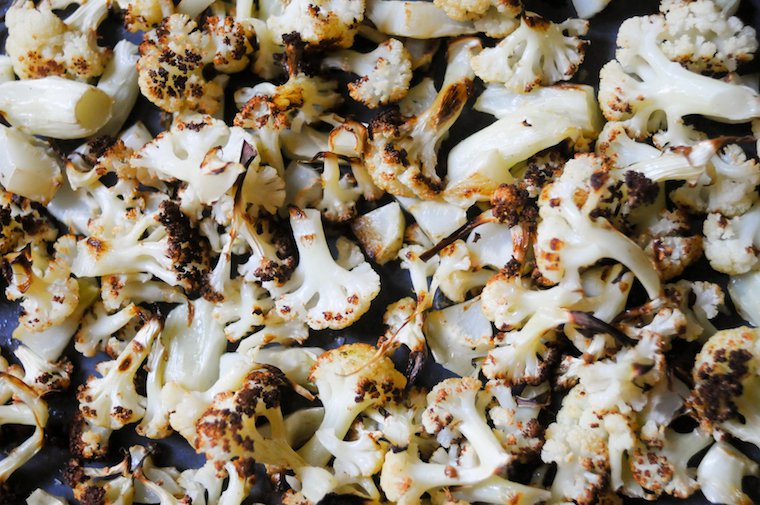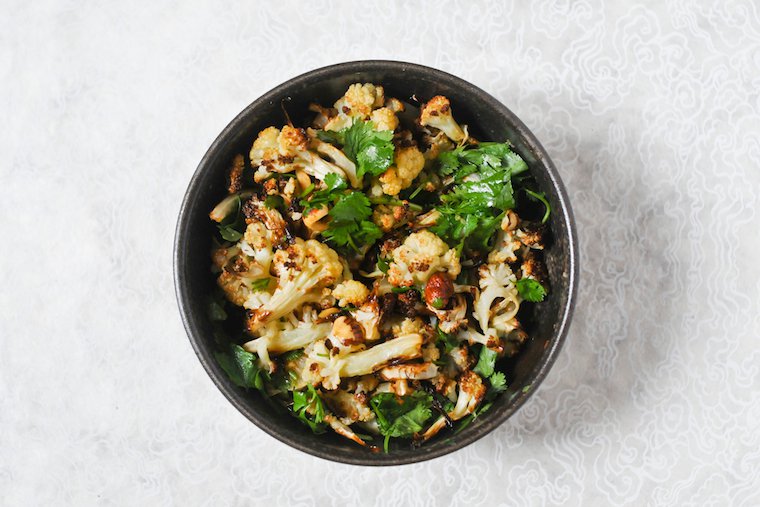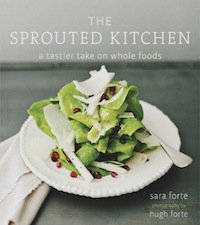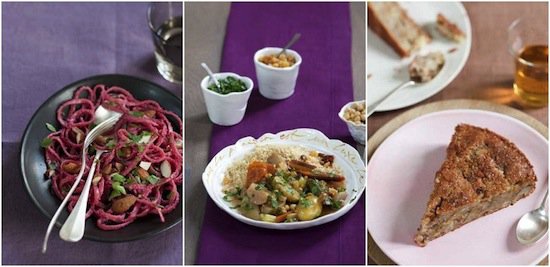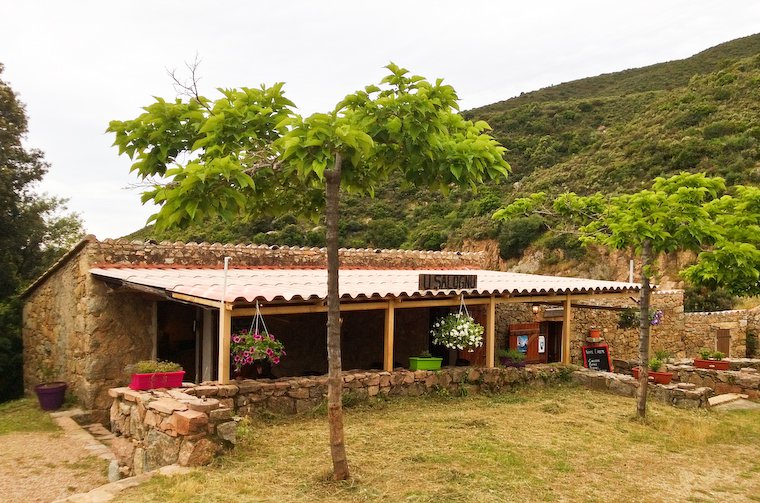A few days after I published the post about my magic sauce, I realized I had all the ingredients to try and reproduce the dish that inspired it in the first place: Haan Palcu-Chang‘s* roasted cauliflower served cool with cilantro, toasted hazelnuts, and a dressing similar to said magic sauce, a small plate I had at the fabulous Paris raw bar Le Mary Celeste, which, if you’re curious, is named after a mysterious ghost ship.
It was so toe-curlingly good that I thought it merited a post all its own, to make certain nobody missed this game-changing way of serving and eating cauliflower. Back at Mary Celeste, I’d had to break the consensus rule to order it from the day’s menu because Maxence isn’t a cauliflower fan, yet even he had to admit it was stellar.
The moment when you think “Uh oh, I’ve left the cauliflower in for too long” is, in fact, the perfect moment to take it out.
One quick note about roasted cauliflower. After quite a number of recent batches — what can I say, I’ve been obsessed with roasted cauliflower — I have found the trick is to push it to the point where the edges of the florets start to turn quite dark (see photo below).
The moment when you think “Uh oh, I think I’ve left it in for too long” is, in fact, the perfect moment to take it out. That’s when the full range of flavors reveals itself, and when you get that satisfying mix of tender and crisp.
And while we’re tuned in to the cauliflower advice channel, I recommend that you judge your head of cauliflower by the vitality of its outer ribs and leaves: not only is this an unmistakeable sign of freshness, but you can also chop those ribs and leaves finely to use in a stir-fry, and get an additional portion of vegetables for the exact! same! price!
I wrote “Serves 2 to 4” in the recipe because it’s a fantastic picnic item and it would seem unreasonable for me to suggest you’ll eat the entire batch for lunch, but you may want to taste it before you decide whether or not you want to share.
* Read a little more about the chef in this recent profile.
